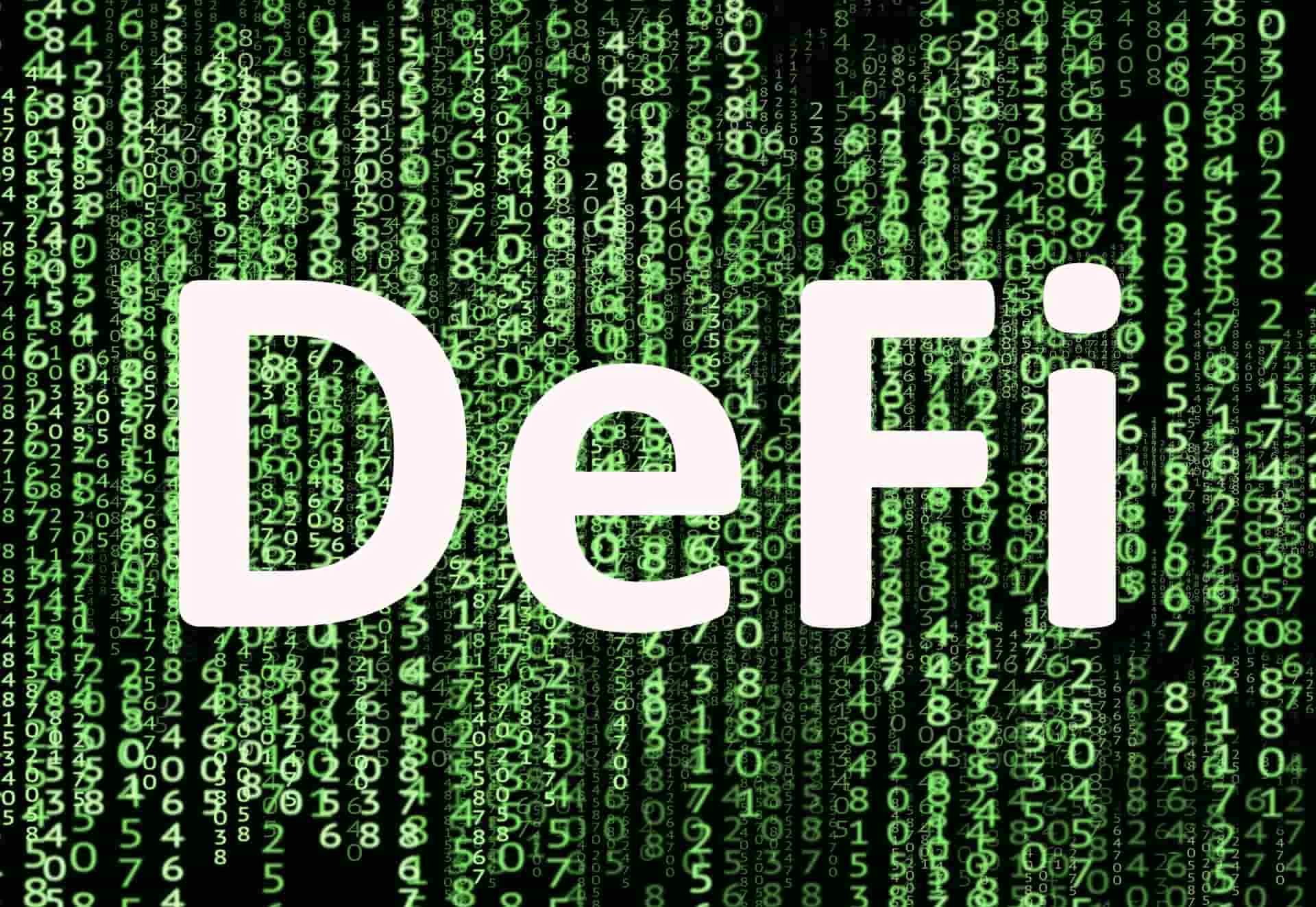The crypto sector has come a long way since its first inception in 2009. Bitcoin, for example, spiked from being a hardcore enthusiast-only digital means of payment to a global industry leader worth $708,3 billion as of press time. Much of the success of cryptocurrencies, however, was brought with the help of crypto exchanges, which acted as a sort of a bridge between fiat and cryptos.
Cryptocurrencies, on the other hand, evolved from the original Satoshi Nakamoto idea behind Bitcoin of creating fully decentralized ecosystems. Yes, blockchains are decentralized, but the entities, which issue cryptocurrencies, and most of the exchanges still have a centralized nature. Large crypto exchanges like Binance and Coinbase essentially can dictate prices by making price pump and dump scenarios.
The crypto community responded with Ethereum – an alternative to Bitcoin. However, one of the key differences between the blockchain of Ethereum to Bitcoin is the ability to develop and deploy decentralized applications, called dApps, directly on top of Ethereum’s blockchain.
Many of the dApps were first aimed at solving in-game payments, but the capabilities of dApps, combined with the flexibility of custom-designed smart contracts, gave birth to what has become an entire crypto sub-sector – decentralized finance, or DeFi.
Decentralized Finance (DeFi)
DeFi’s birth came at the right moment – shortly after the 2018 ICO bubble burst, with around 80% of ICOs turning out to be a scam the bearish stance all over the crypto sector was very noticeable. DeFi gave the right answer to conservative investors, seeking to earn interest on their crypto possessions and give traders and crypto enthusiasts a perfect way to leverage the current market situation.
Since its start, the DeFi sector fell into two distinct categories – collateralized lending/borrowing protocols like Compound, and Aave, and supporting infrastructures like oracles, decentralized exchanges, automatic market makers, and bonding curve contracts like Uniswap, Curve, and Balancer. The true brilliance of the DeFi sector, however, shines best with the introduction of the so-called governance tokens. Governance tokens allowed token holders to receive exponential returns on investment, while also granting decentralization. Тhe governance token can be used for voting on protocol changes, new token listings, and giving enhanced protocol governance democracy.
Compound became among the first DeFi platforms to offer their governance token, along with MakerDAO. Starting its governance token offering in June 2020, the Compound protocol exploded, making it the biggest name in DeFi. However, the protocol was surpassed by MakerDAO and Aave in recent months.
Compound’s COMP governance token made exponential growth over the course of just two months since its start. The token managed to increase from $66 in June to short of $220 in mid-August. The governance token also proved its name as both Compound lenders and borrowers participated by voting with their COMP tokens on protocol policy changes.
However, DeFi does not only stop with borrowing/lending and decentralized exchanging. The so-called meta-DeFi products offer game-changing solutions like yield farming (Yearn.Finance) or Ren`s cross-blockchain operations functionality. Yearn.Finance took the DeFi sector by storm with its governance token leaping from $700 to over $15,000 in just a month. The token managed to achieve that despite its developers claiming the governance token is mostly free of value. Some experts state that YFI is the best growth-story example in the history of cryptocurrencies.
Ren, on the other hand, acts as a permissionless and decentralized virtual protocol, enabling interoperability for decentralized applications. The assets’ movement is enabled by Ren`s blockchain and cross-chain lending, exchanges, and other extra activities that can be performed.
Minting and releasing assets is another feature available through Ren products. Using RenBridge, users can bring their Bitcoin, Bitcoin Cash, or ZCash assets to Ethereum by turning them into ERC-20 tokens. Conversion of renBTC, renBCH, and renZEC back into BTC, BCH and ZEC is also possible.
Nowadays, the DeFi ecosystem secured a $23.65 billion total value locked (TVL) with Maker leading the pack with 18.92% dominance. The second in line, Aave, currently has $3,11 billion TVL, while compound closes the top-three with $2,83 billion TVL.
However, one of DeFi’s most prominent problems is its close connection with Ethereum. The extensive usage of DeFi, combined with Ethereum’s recent price increase made transaction fees skyrocket close to $20 per transaction. This increase made Ethereum’s blockchain unfeasible for small-scale transactions.
The solution comes with the much-anticipated Ethereum 2.0 blockchain update. The update would improve transaction times and would introduce a staking mechanism for validating transactions on Ethereum’s chain. The update would be great for the DeFi industry, as the ecosystem may receive another welcoming push and skyrocket projects like Polkadot, Aave, Compound, Maker, and Uniswap into the stratosphere.
About Cryptoken Media
Cryptoken Media is a one-stop solution to the marketing and advertising world of DeFi, cryptocurrencies, and blockchain. The company offers a free consultation at [email protected] and an individually-tailored marketing strategy, crafted to your needs and business goals. Talk to us today for a limited time offer on all services.







